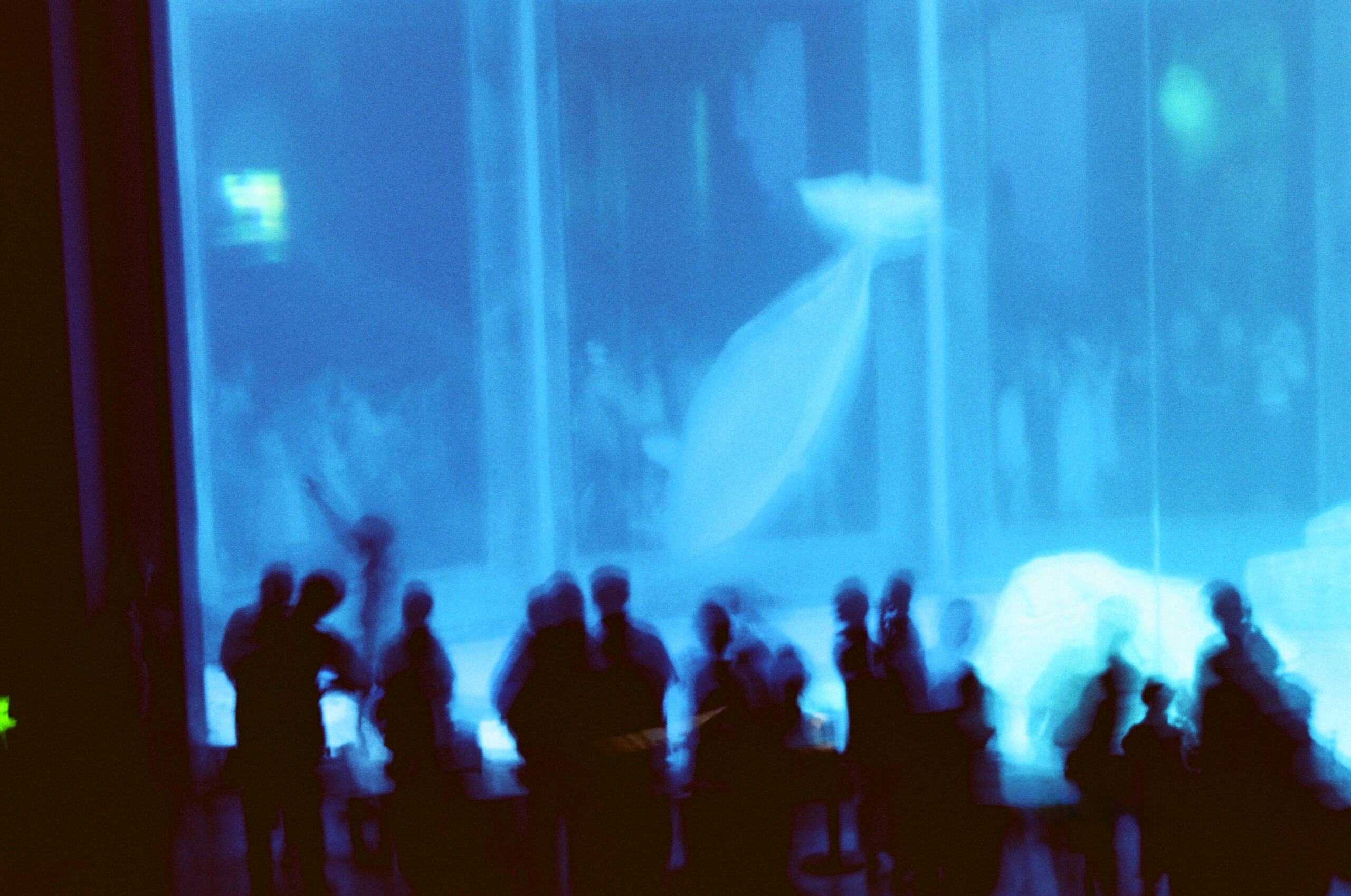Ghosts roam the nearby international orange,
in view of precious plots, this land-
not mine, not anyone’s you know.
A rich mound of people who say:
“Well, this has to be the most beautiful city in the world!”
The hunched overs pushed so far from here
they lie like zombies in the place we govern.
Hills on hills of green lush
federally protected eye candy.
Don’t let them fool ya-
not baby ruth or twix or sour patch,
but a stash of trimmed hedges, clean edges.
Red and Blue shine as
Safeway carts and blankets
park under pine.
Disturbing the peace.
Our piece.
San Francisco made density test.
A Mr. Gerry chemistry experiment.
An Aunt Mandy salad dressing in summertime.
Cream rises to the top, say something
One percenters here, hunched overs there
Refuse to blend, numb, heels dug in, eyes fogged over,
atop the rich-mound in the Richmond.
Finn is 17, the youngest of four, and lives in San Francisco. He spends a lot of time playing basketball, but writing, mostly poems and short stories, has always been where he really figure things out. His favorite book is A Visit from the Goon Squad because it captures how messy and layered life can be. When he is not on the court or writing, he is usually at the beach with his dog or out sailing, trying to catch a quiet moment.
 Beluga
Beluga

